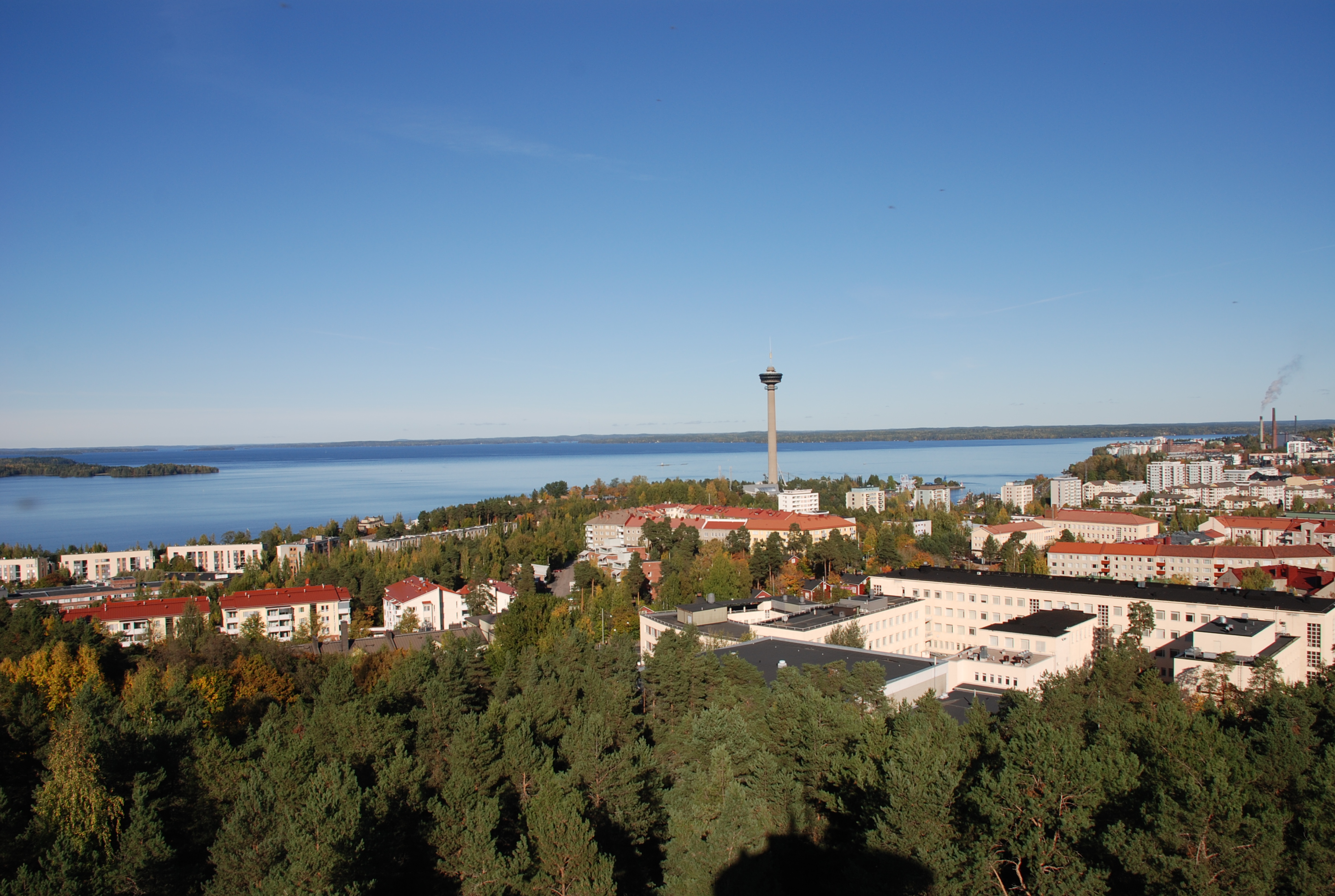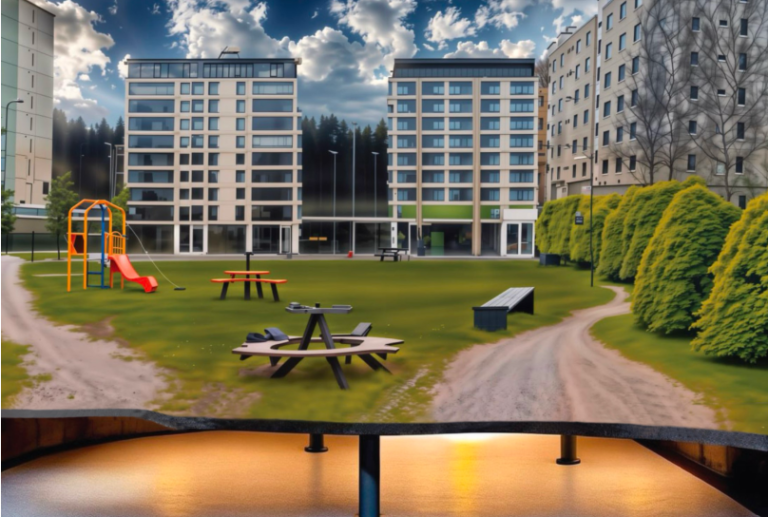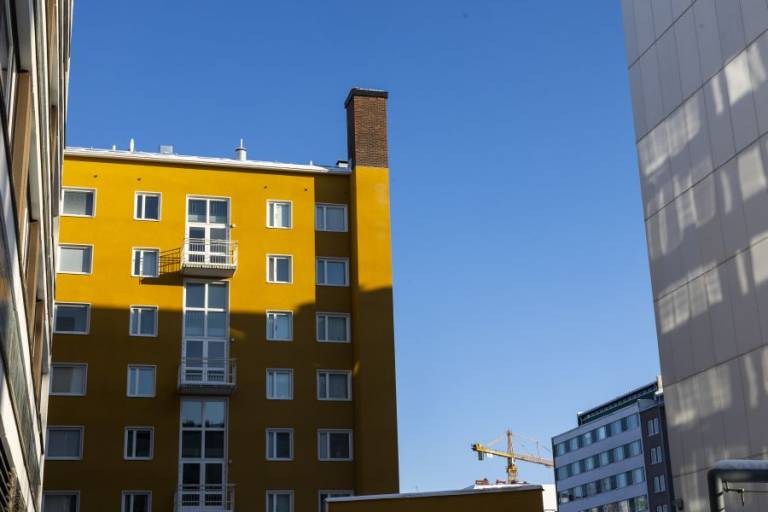It is understandable why people think this way. By typing the words “urban” or “urbanization” in Google, the first pictures that person will see is areas with high buildings which do not look very attractive to live in: no fresh air, no nature, only urbanized construction.
Yes, there are problems with some cities which developed very rapidly without consideration for the balance between nature and urban construction in planning processes. However, recently people started to understand the importance of finding balance in cities. Because cities are becoming home to the majority of the world’s population, they should consist of all facilities to create a comfortable life for their citizens. Adding the word “sustainable” to “urban development” makes the picture of cities different. Finding the balance between all the aspects of cities, including nature and construction, provision of facilities for its citizens, and development of comfortable conditions for a living are the goals and keys of sustainable urban development.
These changes in the world require people who understand and have expert knowledge of sustainable urban development. Thus, many universities create programs for students who want to help cities to develop in the right direction. Here comes the program which I am studying. The Sustainable Urban Development (SUD) program at Tampere University teaches us to think about the city as a system that can be evaluated and improved. We take this opportunity and always consider which urban development problems we can identify and how we can contribute to finding the solution.
In my 3rd and last year of studies in the SUD program, I was part of a group project in the Urban Lab 2 course. Our goal was to identify a challenge in the Tulli Area in Tampere city center and create a project which could help solve it. We realized that Tulli Area has a small percentage of green spaces, and it needs more nature to make this place more attractive and livelier for citizens and small businesses. The idea that we came up with was the Tullintori Garden.
For this project, we analysed interviews from the people who work with green spaces. This helped us to understand different views about green spaces’ benefits, roles, and functions. The results of the interviews provided us with a background on the need for greenery in cities, how it should be constructed, and what needs to be considered during planning processes. The most exciting concern was about the winter and how the garden could lose its attractiveness during this time. The answer was found with the help of interview with expert from city planning of green spaces who explained that gardens can play different roles during the year, or we can also use plants that can survive during winter. Thus, after this, we did not worry about its usage during the winter.
To develop our project, we took different examples of a similar project constructed in another city, for example a communal garden in Zurich (Tappert, Klöti & Drilling, 2018). We relied on this example and suggested the creation of a communal garden on the west side of Tullintori, which can be attractive during summer, and with the help of lights and evergreen plants, it can also be beautiful in winter with the aim of balancing green spaces and urban construction in Tulli Area. In my opinion, during the construction of an urban area, there should always be a question: “What about green space?”.
In conclusion, this blog discussed how green spaces are considered insustainable urban development projects. Thus, people will change their assumptions about the urban city and understand that the question about green spaces is considered by urban planners. This experience of doing a project for Tulli Area to increase the number of greenery and finding ways to implement this idea helped me to understand the versatile functions of green constructions and how they change the overall picture of the area. In my opinion, such small steps towards more concerns about green constructions in areas will create significant differences for the whole urban development world.
Diana Kobzhassarova
This text has been written as part of a series of blogs by the SUD students, where they reflect on their experiences working together – and with people outside of the university – to develop their ideas for the Urban Lab.
Image in this post were taken by Anna-Kaisa Viitanen
Reference:
Tappert, S., Klöti, T., Drilling, M. (2018). Contested urban green spaces in the compact city: The (re-)negotiation of urban gardening in Swiss cities. Landscape and Urban Planning, Vol 170, p. 69-78.





